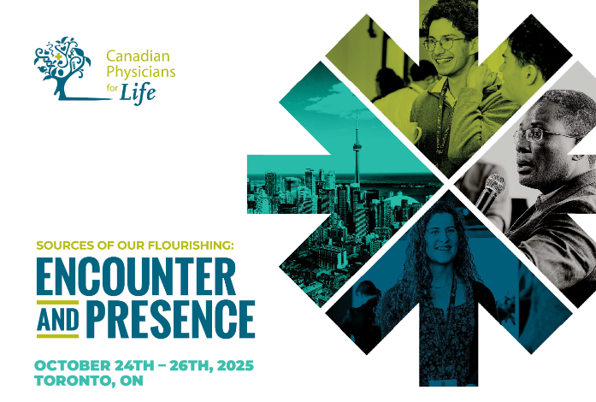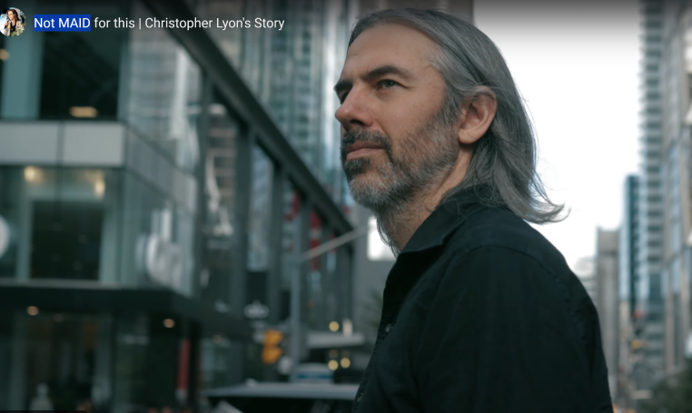
A recent article in the Canadian Medical Association Journal suggested offering patients who are suffering from incurable COVID-19 symptoms the option of palliative sedation at the end of life (1).
What does palliative sedation involve? Is it ethically appropriate?
Firstly, it is vital that palliative care (comfort care) be offered to all patients who have COVID-19 and who do not have the prospect of recovery. These patients should never be abandoned because their condition is too grave to cure. In Canada, access to palliative care is limited in some regions. Therefore, it is important to first ensure all Canadians suffering from incurable COVID-19 symptoms be offered comprehensive palliative care that addresses physical, emotional, and spiritual well-being in accordance with a patient’s goals of care.
“Palliative sedation” involves using pharmacological agents to reduce consciousness (2). It is reserved for treatment of intolerable and refractory symptoms, is only considered in a patient who has been diagnosed with advanced progressive illness and is usually only considered in patients in whom death is expected in two weeks or less (2). If practiced correctly, it is an ethically and medically acceptable form of therapy (3). Each case must be considered individually (2).
The practice of palliative sedation is usually reserved for those physicians who have adequate experience and expertise with this practice (2). In Canada, this would include physicians who are trained in palliative care. Those who are not trained in this practice should refer to a physician who is more experienced in this area (2). It is not a “first line” treatment and a patient would need to have symptoms that are intractable to usual therapies (curative or palliative) before exploring this route.
The Aim is Relief of Suffering
The aim of palliative sedation is not sedation but relief of suffering (2). Therefore, the level of consciousness is only lowered as far as necessary to relieve the patient’s suffering (2). This is an important distinction from medical assistance in dying (MAiD) where the aim is to end the patient’s life. When done correctly, palliative sedation does not take the form of euthanasia, and is a therapeutic option for the management of intolerable and refractory symptoms at the end of life (2).
Palliative Sedation and COVID-19
During the COVID-19 pandemic, palliative sedation may be an appropriate therapeutic option for patients at the end of life once all other options have been explored. It would be problematic to use palliative sedation as a first line therapy to control patient’s symptoms before trying other therapies. This may occur if non-experts start using palliative sedation when they do not have the experience or training to provide quality palliative care. If patients do not have access to adequate palliative care, there is a danger that palliative sedation be used inappropriately and as a form of “covert euthanasia.” It is very important that an expert palliative care consultation team is involved in care and that the intent is to relieve suffering and not end the patient’s life.
Case Study
A patient who has profound shortness of breath near the end of life as a result of COVID-19 has decided to not be put on a ventilator. Initially, usual treatments and medications are used to treat the shortness of breath with success and the patient experiences comfort. However, as the days progress, it is clear that the patient will not recover from COVID-19 and is approaching the end-of-life. Prognosis is poor and is the patient likely has days to live. Shortness of breath (dyspnea) is worsening and all usual treatments are not providing comfort and relief. The patient is now in great distress and feels the suffering is intolerable. After a discussion with the palliative care team regarding goals of care, wishes and prognosis, the patient and patient’s family decide that palliative sedation is the only option remaining. The palliative care physician initiates the palliative sedation protocol.
References
- https://www.cmaj.ca/content/192/15/E400
- http://www.cspcp.ca/wp-content/uploads/2014/06/Canadian_CPST_Framework_16-June-2011.pdf
- National Ethics Committee, Veterans Health Administration. The Ethics of Palliative Sedation as a Therapy of Last Resort Am J Hosp Palliat Med 2007;23:483-491
You Might Also Like
Follow US:




